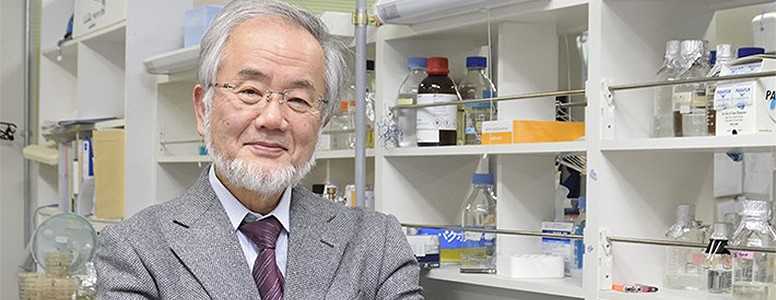Researchers have found out more about how beige fat cells can reduce blood sugar levels during cold weather.
White fat stores calories and some cells turn to beige when cold, helping to burn calories and give off heat. Until now scientists have been unsure about how the transition happens because white fat has limited nerves.
A study has found how a protein called connexin 43 (Cx43) amplifies signals from the nerve fibres of emerging beige fat cells to let them know it is cold and begin the creation of more energy-producing components.
Beige fat also improves blood sugar metabolism independent of temperature regulatio, unlike the better-known white and brown fat, according to the researchers at UT Southwestern Medical Center.
Director of the centre Dr Philipp Scherer, who was the study’s lead researcher, said: “The data here show how white fat cells can make maximal use of their limited number of nerves to allow a single nerve fibre to spread the ‘message’ about cold temperatures amongst the connected cells.
“To my knowledge, this is the first time that any fat’s thermal regulatory (warming) and metabolic effects on blood sugar have been observed to work independently. Our findings suggest that activating Cx43 may cause the formation of more beige fat and thus increase the anti-diabetic effects seen in this study.”
The researchers compared mice with Cx43 to creatures unable to produce the protein. The mice with Cx43 were able to make beige fat normally whereas the mice without it were much less able to convert white fat cells into beige ones.
Both groups were able to regulate body temperature, after three weeks in cold temperatures, but the Cx43-producing mice had greater improvement in blood sugar metabolism.
Dr Scherer added: “This study reaches two conclusions: first, Cx43 is necessary for the propagation of nerve signals that lead to beiging of white fat tissue. Second, beige fat may be more interesting from an anti-diabetic, metabolic standpoint – a finding with significant clinical relevance – than from a body temperature, warming standpoint.”
The study is published in the journal, Cell Metabolism.
What's new on the forum? ⭐️
Get our free newsletters
Stay up to date with the latest news, research and breakthroughs.







